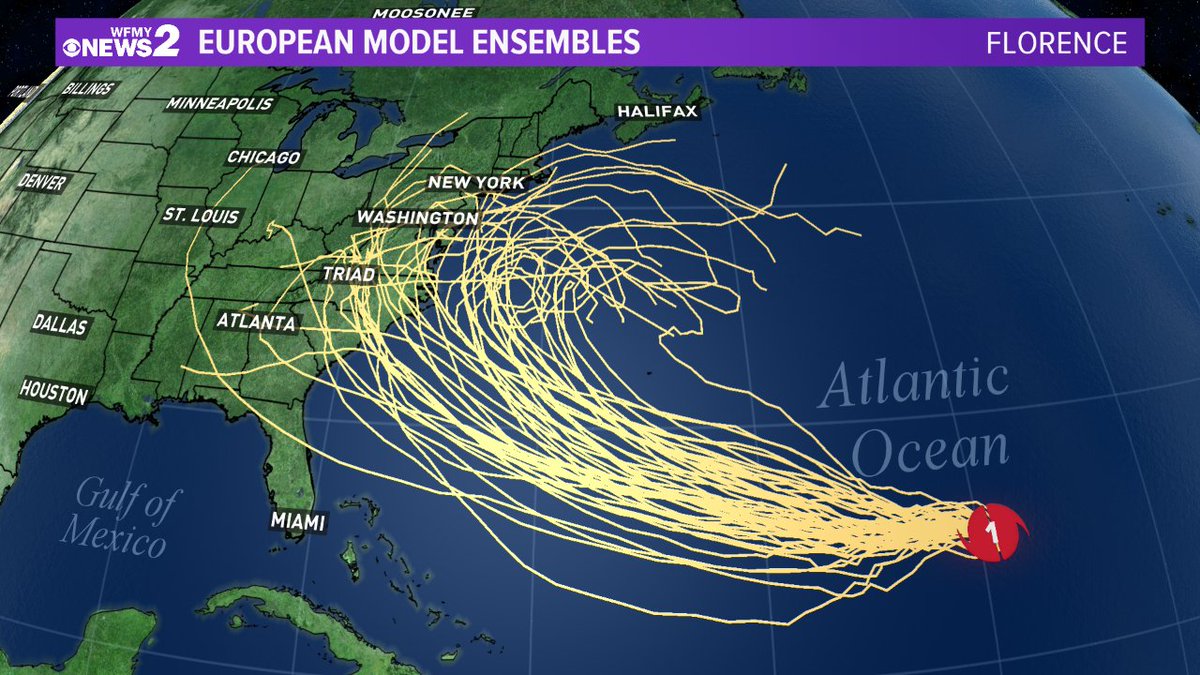Understanding Hurricane Beryl’s Spaghetti Models: Hurricane Beryl Spaghetti Models

Hurricane beryl spaghetti models – Hurricane Beryl is a tropical cyclone that has been making its way through the Atlantic Ocean. Meteorologists have been using spaghetti models to predict the path of the hurricane.
Hurricane Beryl spaghetti models are a great way to track the potential path of the storm. They show a range of possible paths, which can help you make informed decisions about your safety. You can find spaghetti models for Hurricane Beryl here.
Spaghetti models are just one tool that can be used to track hurricanes. It’s important to use all available information to make the best decisions for your safety.
Spaghetti Models in Hurricane Forecasting
Spaghetti models are a type of computer model that is used to predict the path of hurricanes. They are called spaghetti models because they produce a series of lines that look like spaghetti. Each line represents a possible path that the hurricane could take.
Spaghetti models are helpful because they give meteorologists an idea of the range of possible paths that the hurricane could take. This information can be used to issue warnings and to help people prepare for the hurricane.
Hurricane Beryl spaghetti models show a range of possible paths for the storm. To get the latest official forecast, check out nhc beryl. The spaghetti models can be helpful for understanding the potential range of outcomes, but it’s important to remember that they are just one tool in the forecasting process.
For the most up-to-date information, always refer to the official forecast from the National Hurricane Center.
Limitations of Spaghetti Models, Hurricane beryl spaghetti models
Spaghetti models are not perfect. They are based on computer simulations, and there is always some uncertainty involved in these simulations.
Some of the factors that can affect the accuracy of spaghetti models include:
- The quality of the data that is used to create the models
- The complexity of the models
- The weather conditions
As a result of these uncertainties, spaghetti models should not be used as the only source of information when making decisions about hurricane preparedness.
Analyzing Spaghetti Models for Hurricane Beryl

Analyzing spaghetti models is a crucial step in understanding the potential path and intensity of Hurricane Beryl. These models provide a range of possible tracks, helping forecasters and emergency managers make informed decisions.
Gathering and Organizing Model Data
To analyze spaghetti models, it is essential to gather data from various sources, including the National Hurricane Center and private weather companies. This data should be organized in a table or visualization tool, such as a map, to facilitate analysis.
Identifying Patterns and Trends
By examining the spaghetti models, forecasters can identify patterns and trends in the predicted hurricane track. These patterns can help determine the most likely path and intensity of the storm. Factors to consider include the direction and speed of the storm, as well as changes in wind speed and pressure.
Interpreting and Communicating Hurricane Beryl Model Results

Understanding the spaghetti models for Hurricane Beryl is crucial for effective preparedness and response. These models provide valuable insights into the storm’s potential path and intensity, enabling decision-makers to take proactive measures.
The spaghetti model analysis indicates that Hurricane Beryl is likely to make landfall along the Gulf Coast. The models show a wide range of possible paths, with some predicting a more westward track and others suggesting a more eastward one. The uncertainty in the model results is due to factors such as changes in atmospheric conditions and the complex interactions within the storm system.
Implications for Preparedness and Response
The spaghetti model results have several implications for hurricane preparedness and response:
- Coastal Evacuations: Based on the potential landfall areas indicated by the models, coastal residents should be prepared to evacuate if necessary. Evacuation orders may be issued as the storm approaches, and it is essential to follow the instructions of local authorities.
- Storm Surge Preparedness: The models also provide information about the potential for storm surge, which can cause significant flooding and damage. Residents in low-lying areas should be aware of the potential for storm surge and take steps to protect their property, such as elevating valuables and securing loose objects.
- Resource Allocation: Emergency responders can use the spaghetti model results to allocate resources effectively. By identifying areas that are most likely to be impacted, responders can preposition supplies and personnel to ensure a timely response.
Communicating Model Results to Non-Experts
Communicating the results of spaghetti models to non-experts can be challenging. Here are some tips for making the information more understandable:
- Use Visuals: Visuals, such as maps and charts, can help people visualize the potential paths and impacts of the hurricane. Use color-coding and clear labels to make the visuals easy to interpret.
- Analogies: Analogies can help people relate the spaghetti models to familiar concepts. For example, you could compare the spaghetti models to a game of darts, where the different lines represent the possible paths the hurricane could take.
- Clear and Concise Language: Avoid using technical jargon and acronyms. Use clear and concise language that non-experts can easily understand.